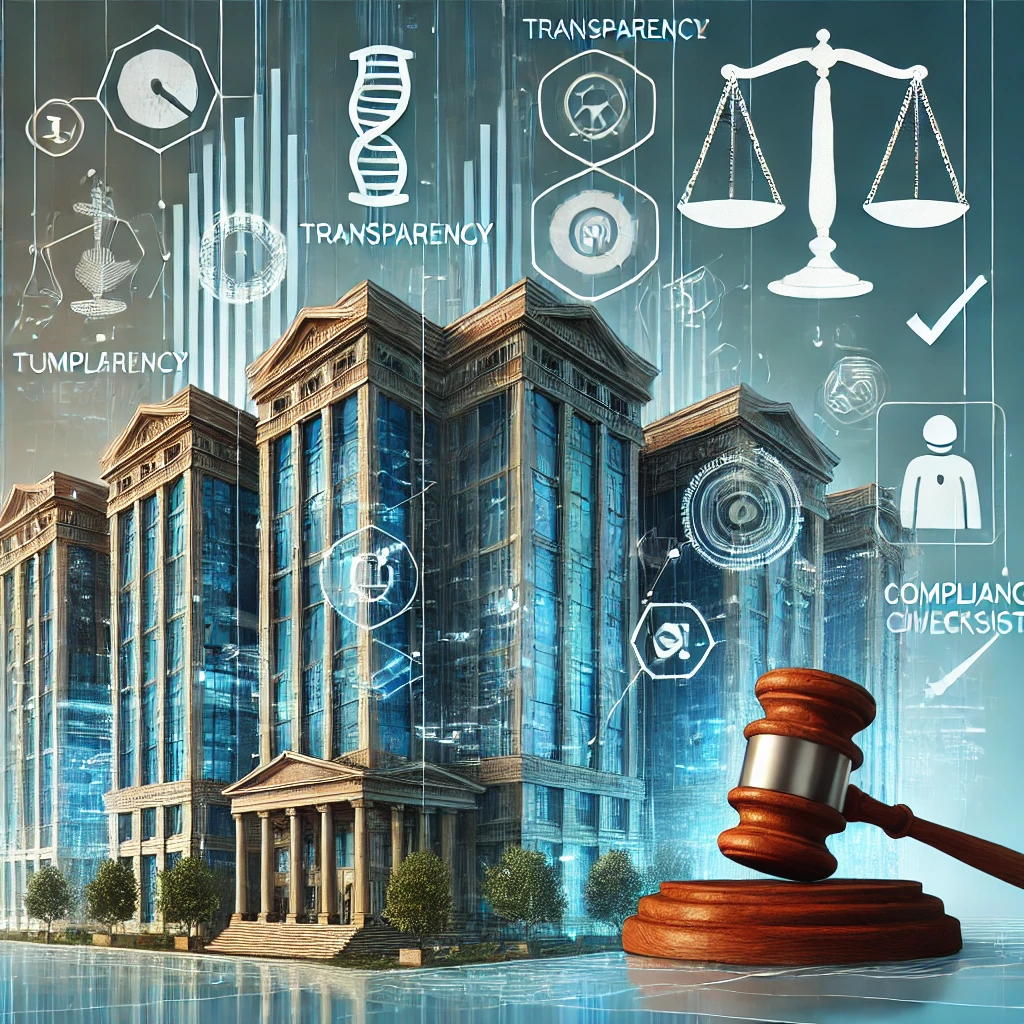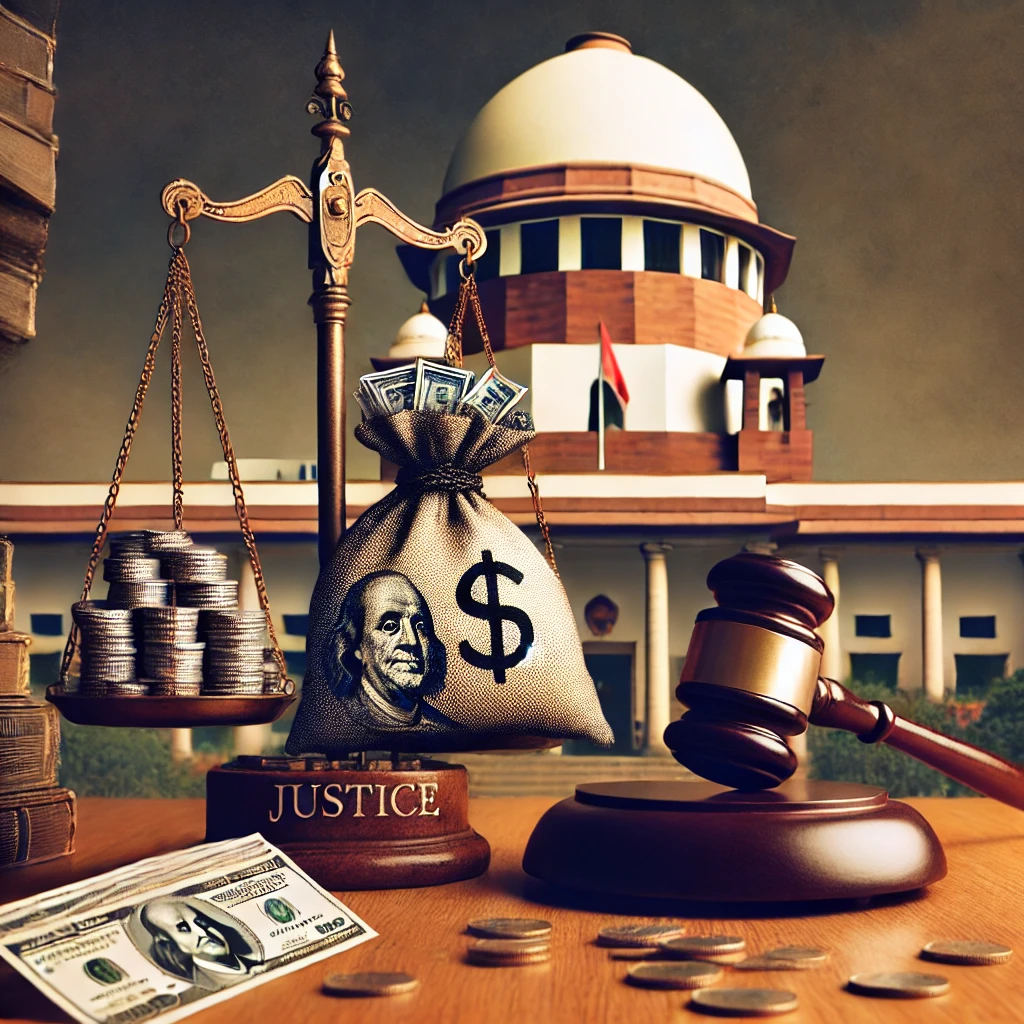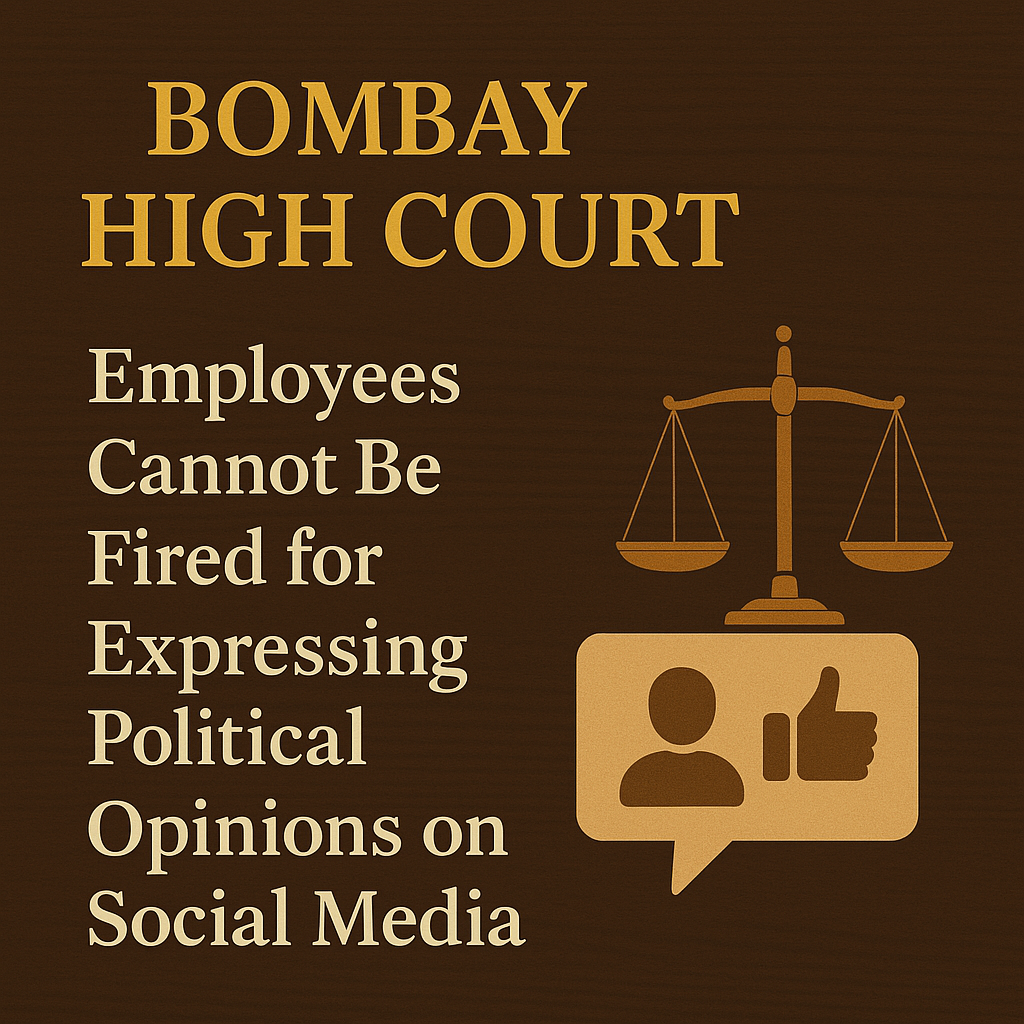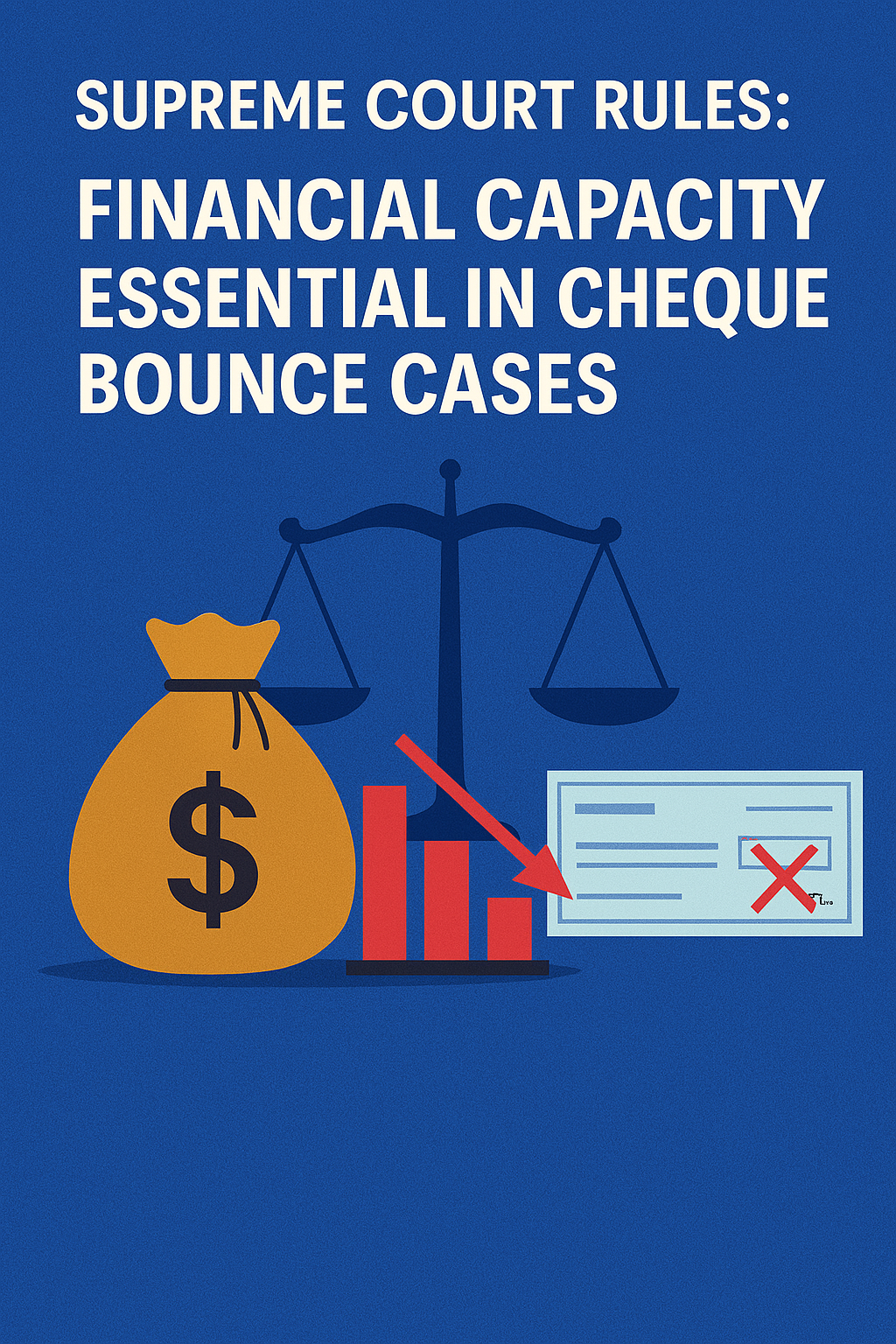Reorganization in Corporate Bankruptcy under Bankruptcy Law
Reorganization in Corporate Bankruptcy
Overview
Reorganization is a process under bankruptcy law that allows a financially troubled corporation to restructure its debts and operations while continuing to operate. The goal is to rehabilitate the company, preserve its business value, and maximize the return to creditors, rather than liquidating assets and closing the business.
Reorganization is primarily governed by Chapter 11 of the U.S. Bankruptcy Code.
Key Concepts
1. Purpose of Reorganization
To enable a company to continue its business operations.
To restructure debts, modify contracts, and adjust financial obligations.
To provide creditors with a fair recovery, often better than immediate liquidation.
2. Chapter 11 Bankruptcy
The most common form of reorganization for corporations.
The debtor (company) usually remains debtor in possession, meaning it retains control of its assets and business operations.
The debtor proposes a plan of reorganization which must be approved by the creditors and the bankruptcy court.
Creditors are classified into groups (secured, unsecured, equity holders) for voting on the plan.
3. Plan of Reorganization
Details how debts will be paid or restructured.
May include:
Debt reduction or rescheduling.
New financing arrangements.
Sale of assets.
Changes in corporate governance.
Once confirmed by the court, the plan is binding on all parties.
Legal Requirements for Confirmation of a Plan
Feasibility: The plan must be workable and likely to succeed.
Good Faith: The plan must be proposed honestly.
Best Interest of Creditors: Creditors must receive at least as much as they would in a liquidation.
Acceptance by Creditors: Usually requires acceptance by impaired classes of creditors.
Important Case Law
1. N.L.R.B. v. Bildisco & Bildisco (1984)
Facts: The debtor sought to reject a collective bargaining agreement during Chapter 11.
Issue: Whether a debtor can reject executory contracts without court approval.
Ruling: The Supreme Court held that debtors in possession have the power to reject contracts but must get court approval first.
Significance: Affirmed that the debtor controls assets during reorganization but under court supervision.
2. United States v. Energy Resources Co. (1991)
Facts: Debtor challenged government environmental cleanup claims in reorganization.
Issue: Whether environmental claims can be discharged in Chapter 11.
Ruling: The court ruled that certain environmental cleanup liabilities could be discharged, allowing reorganization.
Significance: Showed that even significant liabilities can be restructured in bankruptcy.
3. In re Johns-Manville Corp. (1986)
Facts: Johns-Manville filed Chapter 11 due to massive asbestos claims.
Issue: The legitimacy and flexibility of reorganization plans in complex cases.
Ruling: The court approved a plan that included a trust for asbestos victims.
Significance: Set precedent for creative restructuring plans balancing creditor interests.
Advantages of Reorganization
Preservation of business and jobs.
Potentially higher recoveries for creditors compared to liquidation.
Ability to renegotiate unfavorable contracts and leases.
Debtor retains control during the process.
Challenges and Risks
Complex and costly process.
Requires creditor cooperation.
Risk that reorganization will fail, leading to liquidation.
Possible dilution of existing shareholders’ interests.
Summary
Reorganization under Chapter 11 allows corporations to restructure debt and operations.
The debtor remains in control but must seek court approval for major decisions.
A plan of reorganization must meet legal requirements and be approved by creditors and the court.
Case law such as Bildisco, Energy Resources, and Johns-Manville clarifies important principles about debtor powers, liabilities, and plan approval.
Reorganization balances the interests of the debtor, creditors, and the public by aiming to preserve value and maximize recoveries.




























0 comments